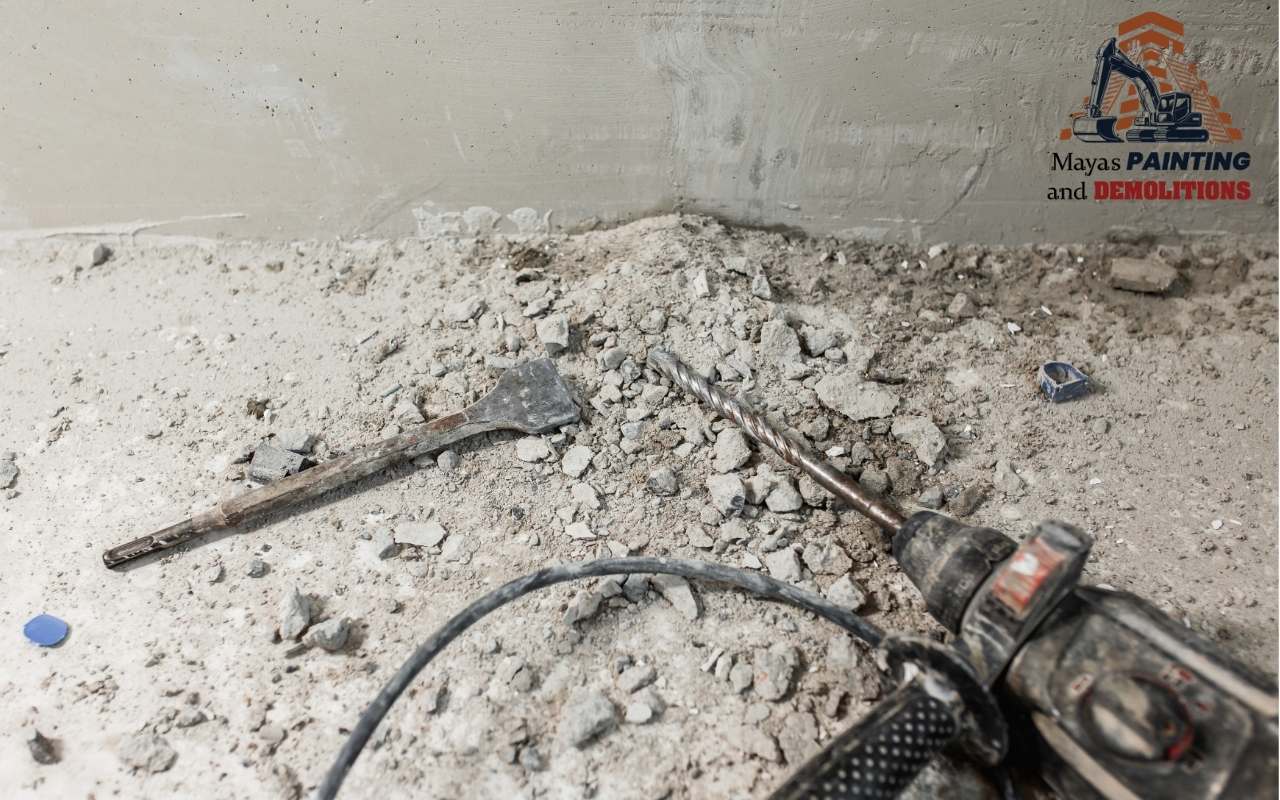
Choosing the right tool for tough jobs can be confusing. Many wonder about the differences between a rotary hammer vs. demolition hammer and which one is best for their project. While both are powerful, they serve different purposes. Understanding their functions, strengths, and best applications helps ensure efficiency and precision in demolition work.
What Is a Rotary Hammer?
How It Works
A rotary hammer is designed for drilling into hard materials like concrete and masonry. Unlike standard drills, it uses a piston-driven impact mechanism that delivers powerful blows while rotating, making it more effective than traditional hammer drills.
Best Uses for a Rotary Hammer
A rotary hammer is ideal for:
- Drilling holes into concrete and stone.
- Removing tile and old mortar in remodeling projects.
- Light chiseling works without causing structural damage.
Its versatility makes it a go-to tool for construction and renovation projects requiring precision drilling with added impact.
What Is a Demolition Hammer?
How It Works
A demolition hammer is built for breaking through solid materials with repeated high-impact force. Unlike a rotary hammer, it does not rotate but instead focuses entirely on hammering action to crack, chip, and break apart tough surfaces.
Best Uses for a Demolition Hammer
A demolition hammer is best for:
- Breaking concrete slabs and walls in heavy demolition projects.
- Removing thick tile flooring or hardened adhesives.
- Chiseling through reinforced materials with high impact force.
It is the preferred tool for serious demolition work where power is more important than precision drilling.
Rotary Hammer vs. Demolition Hammer – Key Differences
Side-by-Side Comparison
Understanding how these tools differ ensures the right choice for each project:

For projects needing both drilling and chiseling, a rotary hammer works well. For full-scale demolition, a demolition hammer delivers maximum impact.
Choosing the Right Tool for Your Project
Factors to Consider
Selecting the right tool depends on:
- Project Scope – Light demolition or full-scale removal?
- Material Type – Brick, tile, or reinforced concrete?
- Power Requirements – Need drilling power or maximum impact?
Assessing these factors ensures better results and efficient work.
How to Use Each Tool Safely
Essential Safety Tips
- Wear protective gear to prevent dust and debris injuries.
- Use the correct bit or chisel for each job.
- Ensure a secure grip to maintain control over high-powered tools.
- Check surroundings to avoid damaging pipes or electrical wiring.
Proper handling extends tool life and prevents costly mistakes.
Understanding the differences between a rotary hammer and a demolition hammer ensures the right tool is used for each job. Selecting wisely improves efficiency, reduces effort, and prevents tool damage.
If you need professional demolition services, we provide licensed expertise, free estimates, and 13 years of experience for residential and commercial projects. Contact us today for expert demolition solutions.
